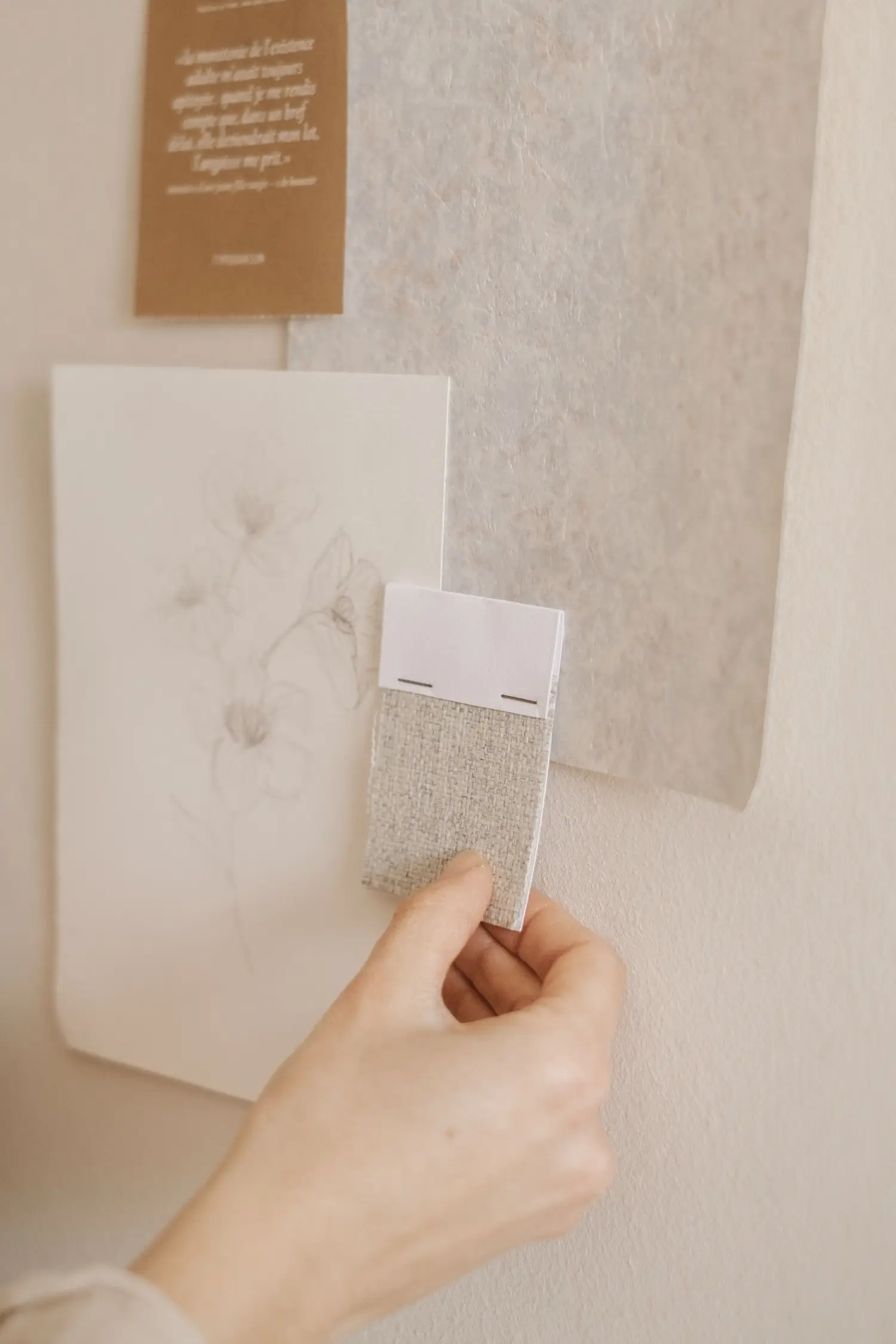
A creative atelier curating brand and web designs for women-owned businesses.I design and curate intentional brand designs and websites to cultivate your idea and bring your value out there.

A creative atelier curating brand and web designs for women-owned businesses.I design and curate intentional brand designs and websites to cultivate your idea and bring your value out there.
If you know me and my approach to web design, you’ll know I’ve based my whole brand philosophy on custom-only services. But here’s my secret: I used to make and sell premade WordPress themes back in the days! My ethic has changed a lot since then, but while I obstinately keep believing in the power and flexibility only a custom web design can give you, I understand a lot of creatives and small business owners might be on a rather tight budget – especially if they’re just starting out – and might decide to trust a premade website template instead. It’s understandable, and way better than no website at all!
You see, the reasons why I much more prefer custom web designs are many, but mainly because in this case, I’m sure branding can really be the star of the show. Which, to be honest, should be your top priority when creating a website. You need to be sure your online space is unique and customised to your business goals and very individual target audience, not just another pretty website per se.
While this is possible even when using a website template, of course the case would be that the one using the premade template is actually a non-expert and might lack on an objective vision or the skills to apply branding elegantly and purposefully. BUT! The good news is, I know many websites that were created starting from premade templates, and still feel and look particularly authentic, handcrafted and strongly purposeful.
So if for any reasons you’re in a moment of your business’ life when you think it’s wiser for you to purchase a website template instead of a custom web design, here are a couple of things to keep in mind to make it look always branded and unique to your business!
Here we go, my tips for how to brand your website template…
When looking for a website template, make sure it gives you enough freedom. To move things around, rearrange blocks, add design touches, make it truly your own. This is the one and only feature a premade template should have, especially if you’re creating a website for your business.
It will allow you to think of a goal and strategy for your website without strict design limitation, which is essential particularly if you know your business is in its growth phase and things might be different in just a few months.
Before even starting to import your content, think about your website strategy. What’s your website’s final goal? Maybe it’s selling your products or services. Or maybe it’s promoting your personal branding, or funding an idea. Or even start and grow an email list. Based on where you are at with your business, your goal will be different. Also be aware this goal might change quickly, so you need flexibility to make sure your brand purpose is always at the core of your website design.
Once you have your goal definitely, it will be easy to prioritise and position your content and also use links and call-to-actions to bring the user from A to Z.
While you might be allowed to avoid the investment of a custom web design for a some time while your business is settling down, I highly recommend you ask a designer for help to build your brand identity and logo design instead. Yes, even if you started like… yesterday.
Building a solid and focused brand identity is fundamental from the very beginning, because it will allow you to reach the right type of customers/clients and position your brand on the market from the get-go (read more about branding).
Having your brand identity designed will provide you with a set of design elements you’ll be able to use to make your premade website template truly your own. Think beyond just your logo, but even colours that are coherent with your target and goals, fonts, logo variations, patterns and illustrations… These are the ingredients you need to turn an anonymous template into a personality-rich website!
Once you have your colour palette designed just for your brand (and therefore ideally supporting your message, target audience and business goals), go implement your colours in your website. But stick to them only! Don’t try and add more colours just because it looks good – it’s not a good idea nor it will be supportive of your brand’s message.
Ask your designer to provide a guide on how to use the colours of your palette: there might be colours more appropriated for texts or titles, while others ideal for backgrounds. There might be more appropriate combinations as well, to match your brand’s needs. If you don’t know where to start, it’s important to ask for help and not improvise. This is too serious to mess around with!
The same can be said of fonts.
You should have a set of fonts unique to your brand, usually composed by:
Essentially, within your fonts set, you should be able to identify which is thought for what, and stick to its ideal use only. This is so important: most times, fonts that are thought to be used for titles are not appropriate if used on long paragraphs at small sizes. The risk is to be a threat for readability, which consequently generates bad user experience. And it’s a risk I’m sure no one is willing to take. Again, if you have no idea, your designer will be able to help!
When it comes to customise a website template that other website owners might be using as well, you can play it safe with graphics and illustrations that are customised to your brand. They’re really your secret sauce to tie everything together and help you stand apart from other businesses in your same industry.
You can use illustrations and graphics in an endless amount of ways, but here are a few ideas:
Here you go. By following these tips on how to brand your website template you can make your online space truly remarkable while staying true to the fundamental role of branding in your business.
I broke it all down so that it sounded simple and straightforward, but if you feel like this is still a little too much for you – I understand! This is where my Website Audit service can come to rescue: let me be the one showing you exactly what’s right or wrong in your website, and guide you through the next steps to make it a purposeful, functional and welcoming space for your ideal clients.

I'm Giada Correale, brand and web designer of Miel Cafè Design graphic studio. I design intentional and editorial brand identities and web designs for heartfelt women-owned businesses.

I'm Giada Correale, brand and web designer of Miel Cafè Design graphic studio. I design intentional and editorial brand identities and web designs for heartfelt women-owned businesses.
A creative atelier curating brand and web designs for women-owned businesses.
I design and curate intentional brand designs and websites to cultivate your idea and bring your value out there.